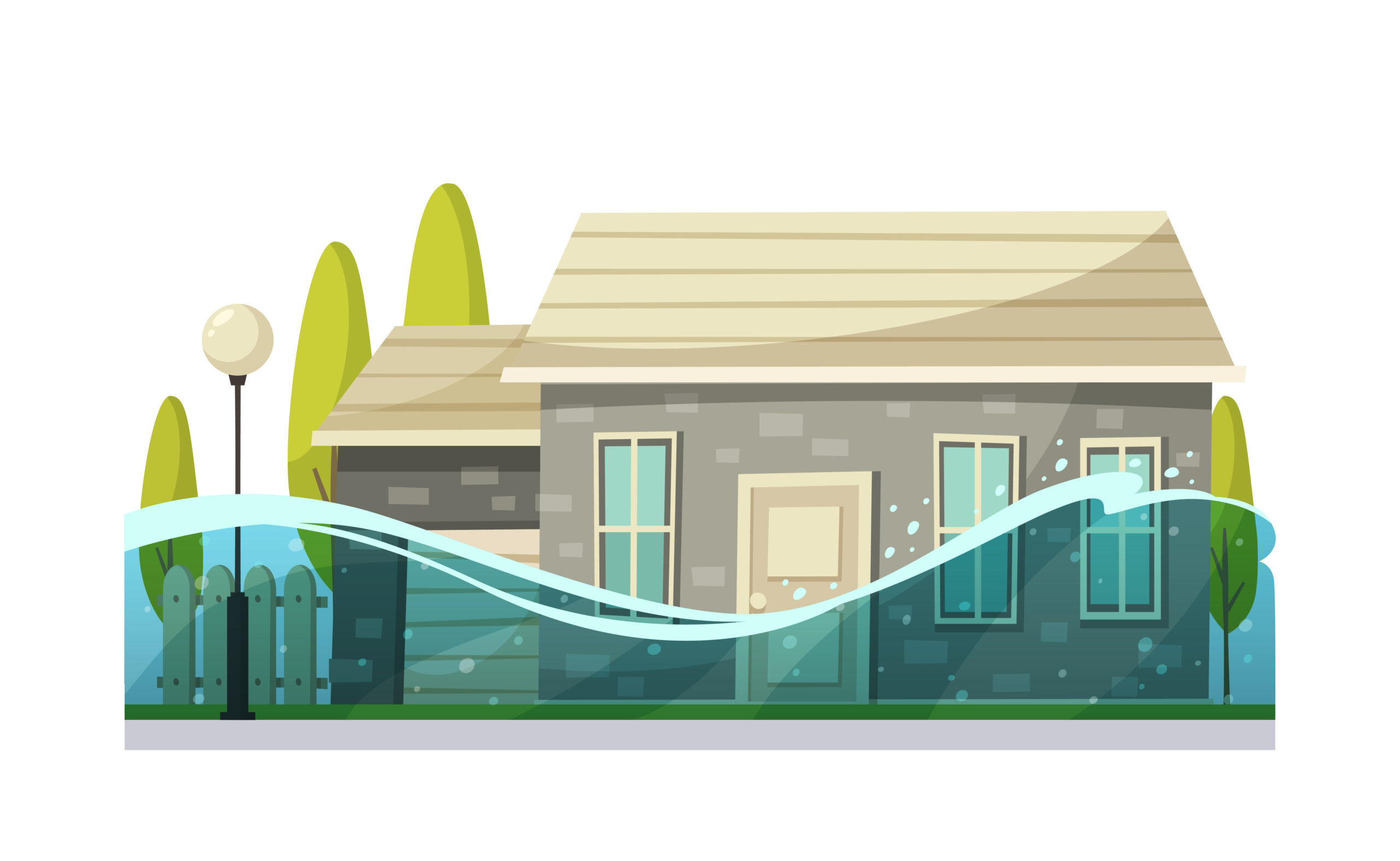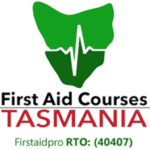Shock is a life-threatening condition that occurs when the body is not getting enough oxygen to the vital organs.
Some common causes of shock include uncontrolled bleeding, severe burns, or a spinal injury.
Shock As A “Defence” Response
Many people confuse shock as a form of emotional distress or a sudden fight in response to a traumatic event.
While it does exist, the medical definition of shock is when a person does not have enough blood circulating throughout the body. Shock is the body’s response to a sudden drop in blood pressure and is considered a medical emergency.
At first, the body will respond in a life-threatening situation by narrowing the blood vessels found in the extremities, such as hands and feet. This response helps conserve the blood supply to the vital organs, or called vasoconstriction.
Blood deprivation in the organs and tissues means they do not get enough oxygen and nutrient to function properly. Lack of blood supply can eventually lead to shock.
Shock can occur due to different reasons. The common ones include heat stroke, trauma, blood loss, severe infection, burns, and allergic reactions.
Types of Shock
There are broadly six types of shock, including:
- Cardiogenic shock – usually occurs following a heart attack or failure, leading to organ failure.
- Hemorrhagic shock – a condition caused by blood loss due to physical trauma. It can result in an adequate supply of oxygen and nutrients in the body.
- Hypovolemic shock – happens when the body loses too much blood, causing the volume to drop below normal.
- Anaphylactic shock – characterized by narrowing of airways, blocking the airways. It is a severe allergic reaction to triggers such as bee stings, some food choices, and exposure to certain medications.
- Septic shock – occurs when the blood pressure drops to a dangerously low level after a bacterial infection. Progression of septic shock may increase the risk of death.
- Neurogenic shock – it is often a result of severe injury to the central nervous system, the spinal injury, or the brain.
Without treatment, shock may result in permanent organ damage, tissue oxygenation, or worse, death.
Signs And Symptoms
Take note of the following signs and symptoms to spot a shock easily:
- Pale, cold, and clammy skin.
- Rapid breathing
- Rapid, weak pulse
- Nausea and or vomiting
- Weakness, faintness, or dizziness.
- Unconsciousness or decrease in the person’s consciousness level.
Immediately after an injury, there may be little or no progression of shock. Signs and symptoms may gradually develop over time depending on the severity of the damage and the immediate application of first aid.
First Aid For Shock
Let The Person Lie Down
Put the person in a lying position, with the head flat on the floor. When possible, raise their legs above heart level to help alleviate the pain.
Letting the person rest in a comfortable position is crucial after a shock. Pain may cause stress to intensify and accelerate the progression of symptoms.
Call For Medical Help
In some cases, shock cannot be managed by first aid alone. Call emergency services for advanced medical care.
Manage Injuries
While waiting for emergency services to arrive, treat wounds and injuries such as burns, cuts, and fractures. Control any bleeding and raise the legs above heart level to increase the venous blood return to the heart.
Take extra precautions and assess the person for fractures or spinal cord injury before moving them. If unsure, it is best to let the victim be in a laying position.
Loosen tight clothing around the neck, chest, and waist to help the person breathe.
Maintain Normal Body Temperature
Keep the victim warm by covering them with a blanket or similar. Avoid using any source of direct heat as it can cause further damage.
Monitor The Person’s Condition
Strictly monitor the victim’s breathing response, pulse rate, and skin colour at regular intervals.
Provide comfort and reassurance and stay with them until help arrives.
Perform CPR And First Aid
If the victim becomes unresponsive and not breathing at any moment, open the airway and prepare to administer CPR.
Continue cycles of CPR and use of AED until help arrives or the person starts breathing normally.
Takeaway
In all emergencies relating to shock, seek immediate medical care.
Shock is a life-threatening medical condition that requires first aid treatment and, in severe cases, professional care.
Effective treatment and prompt medical attention can save a person’s life.
Sign up for a first aid course today.








